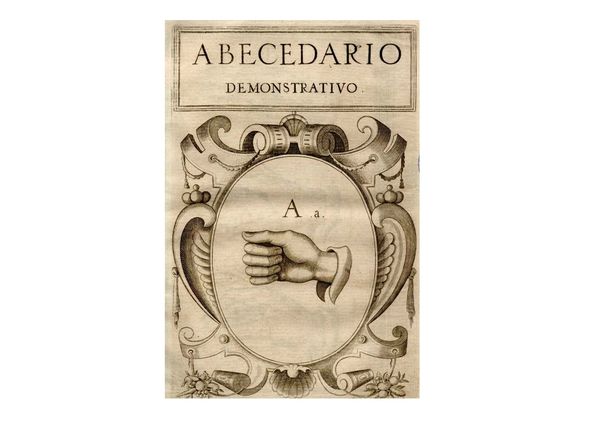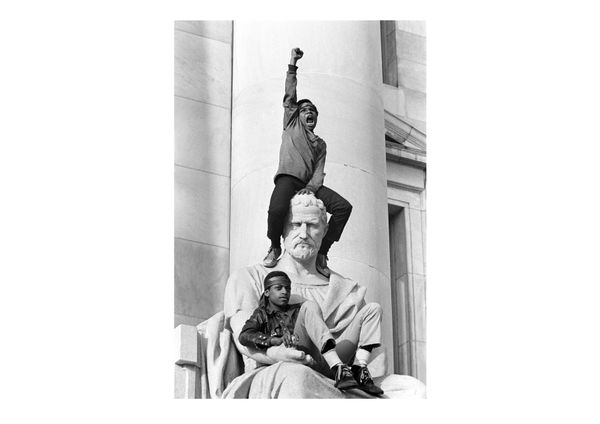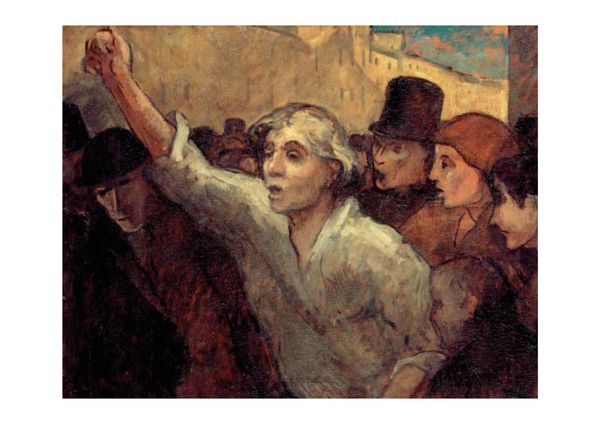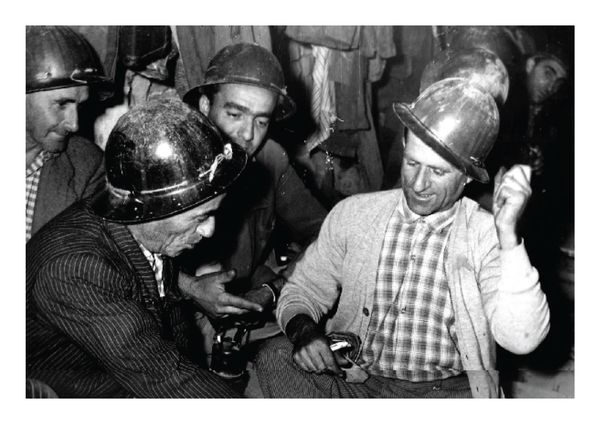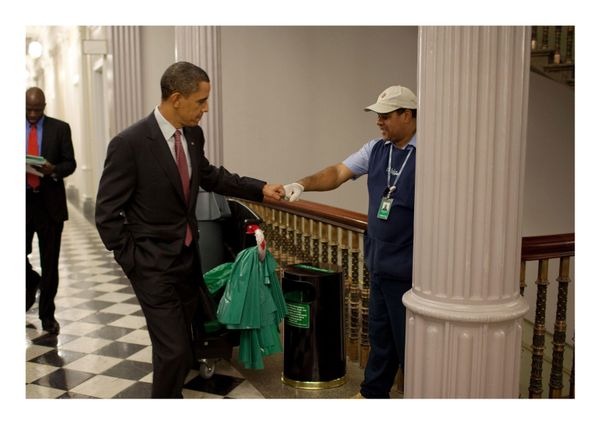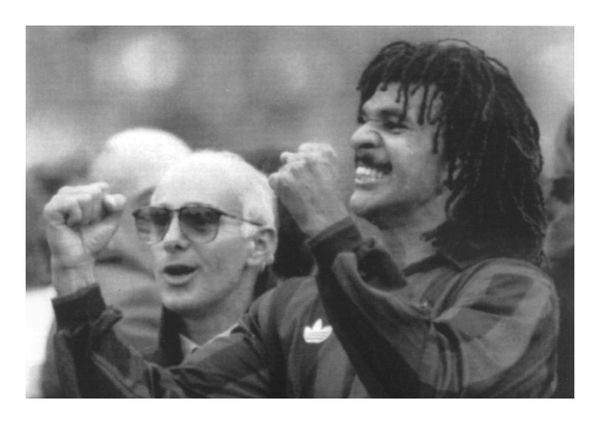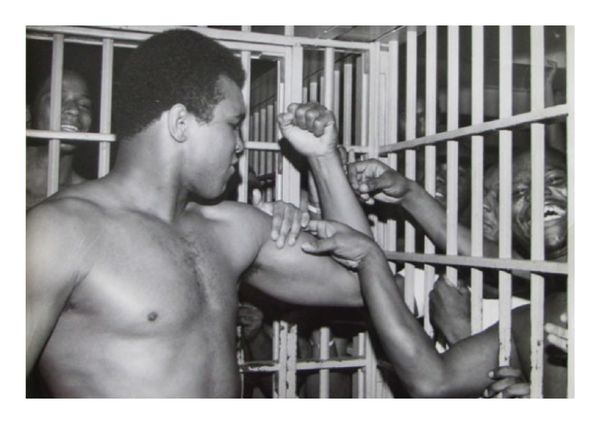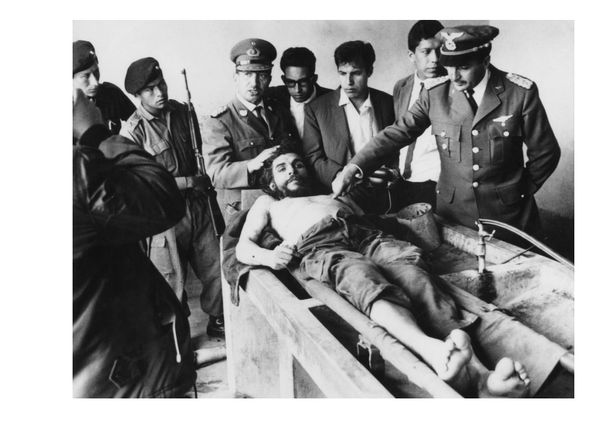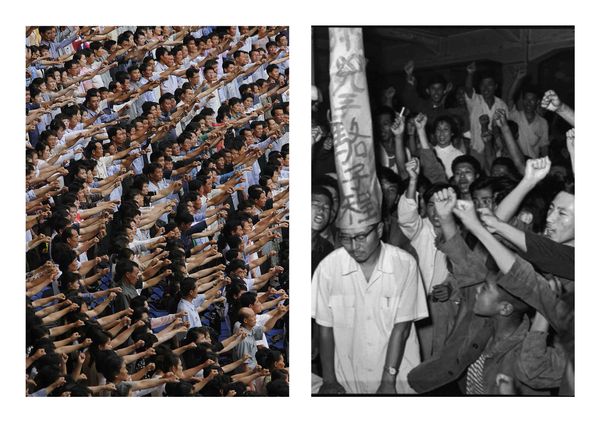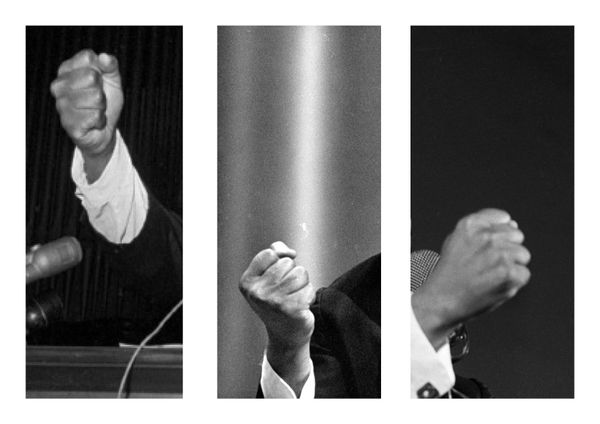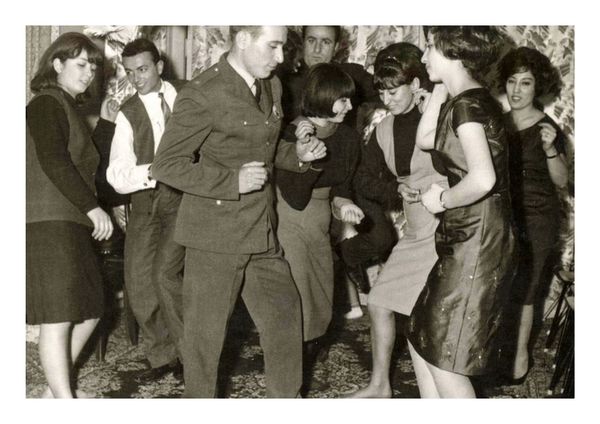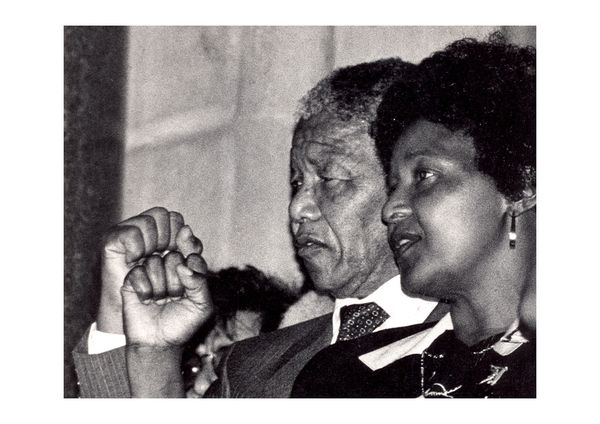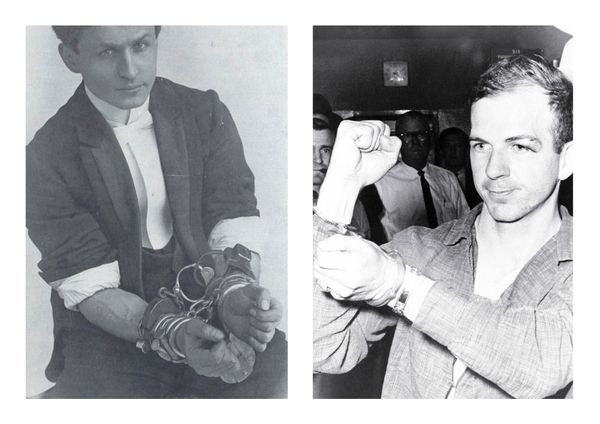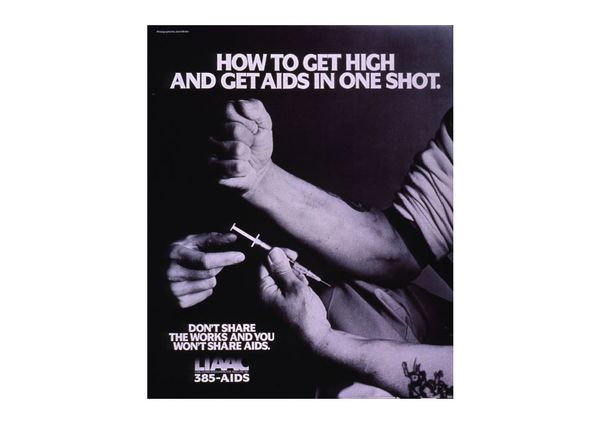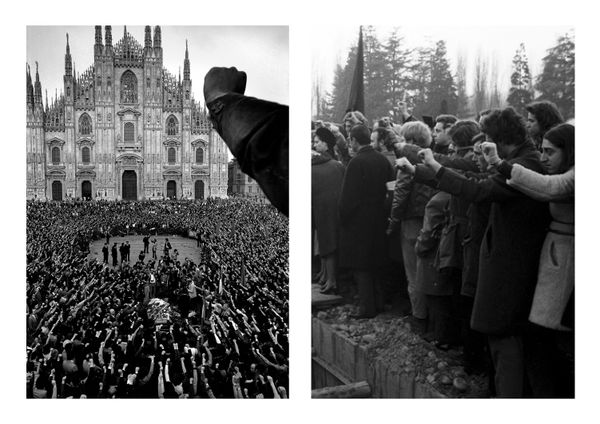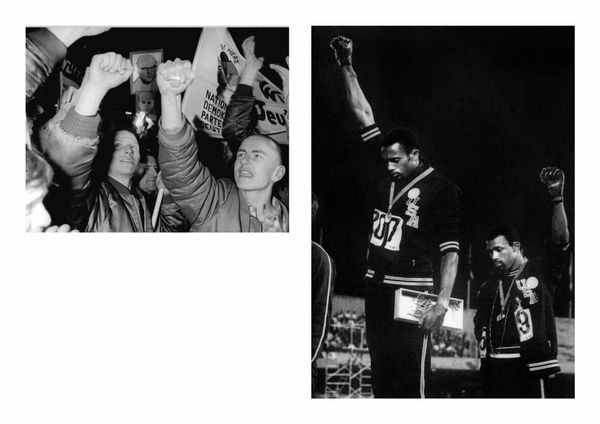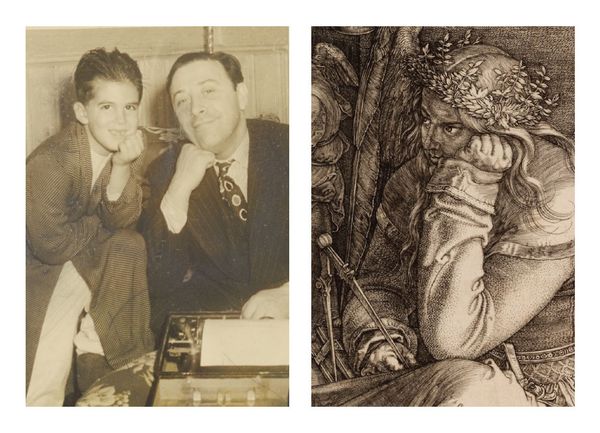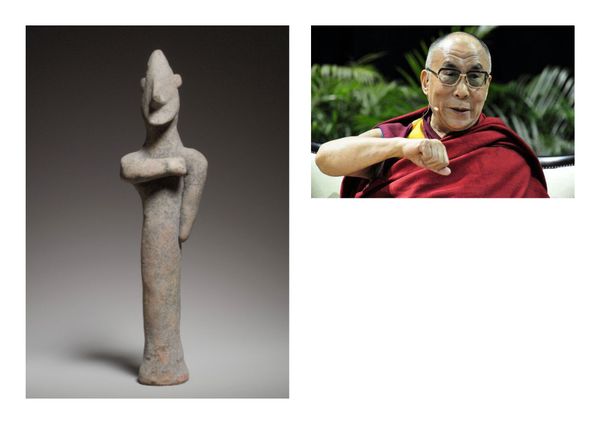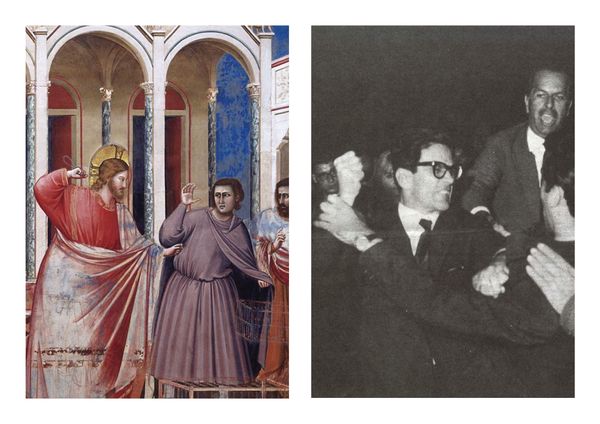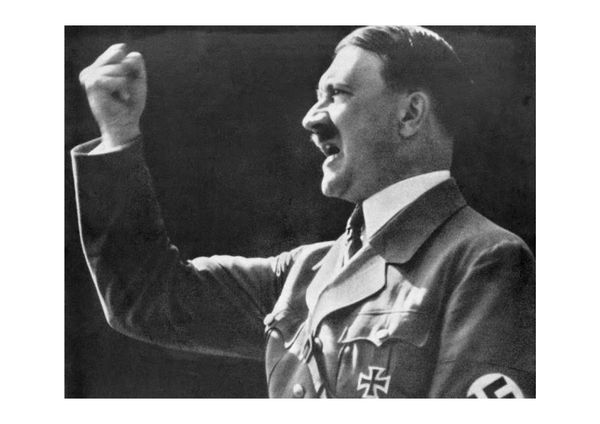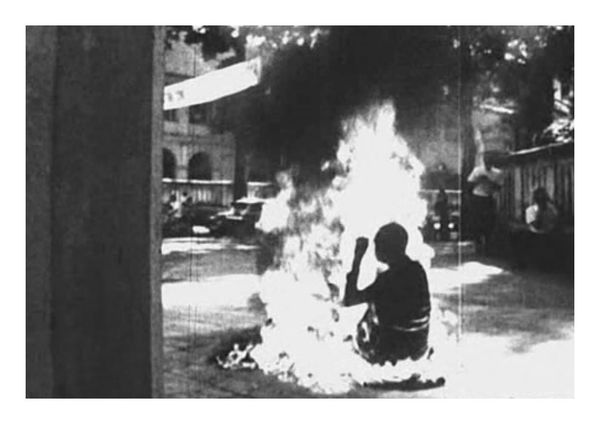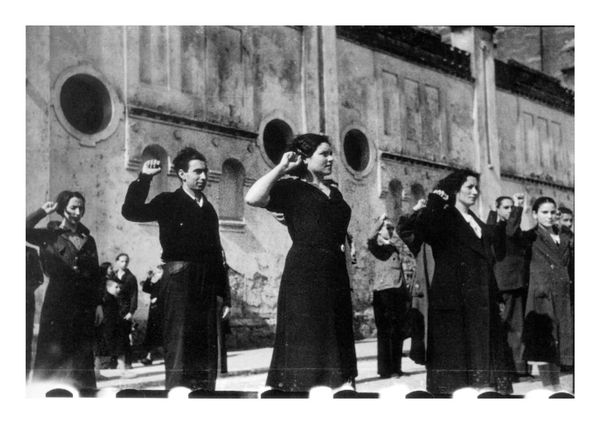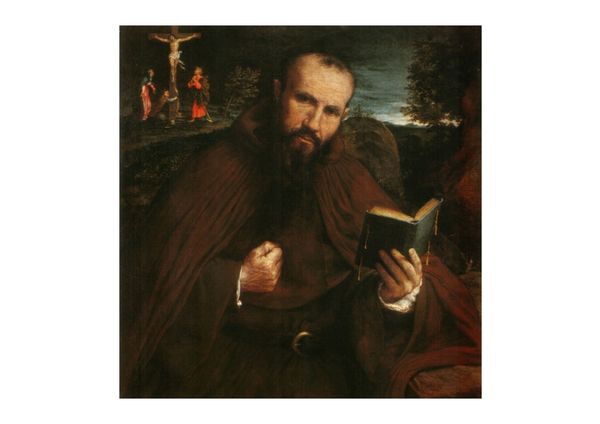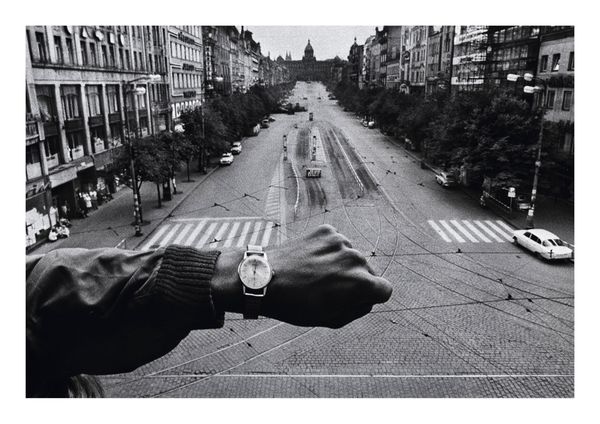THE FIST PHOTOS: ON THE POLYSEMY OF THE FIST
-
Dates2015 - 2017
-
Author
- Topics Archive
- Location Venice, Italy
For two years I’ve researched and collected thousands of fist, I’ve archived the images creating 5 big categories and identified about 40 declinations of the meaning of the fist depending by the use of the gesture.
Last year I was invited to write an article for an international magazine to introduce a few works by ‘emerging photographers’ and during this I realized how many hands were the leading subjects in the pictures. Comparing these hands to many in the history of photography (Dadaism, Surrealism, Constructivism, and 70s performance artists) I realized how prevalent the aesthetic value behind the meaning of this message was. In young contemporary photography, pictures of hands represent deictic gestures depicting an object, an action, a document, or a landscape, as if each photograph of a project represents a syntactic component of a new photographic language: subject, verb, direct object, and a complement of place. The recent contemporary trend of pictures about hands in my opinion can be considered a visual conjugation of the selfie with whom the photographer takes part in the “event” like a performer.
Deep in the hand research, I focused my interest on one gesture, the one that in my opinion could be the most iconic, ambiguous, and versatile: the fist and its polysemy. For two years I’ve researched and collected thousands of fists, I’ve archived the images creating 5 big categories according to Ekman & Friesen’s studies (emblematic, illustrator, expressive, regulator, and adaptor) and I identified about 40 declinations of the meaning of the fist depending on the use of the gesture, the type of information transmitted, the consequences, external conditions, the relationships with verbal behavior, the level of consciousness, intentionality, the movement, the context (country, the period, the position related to the rest of the body) or to the audience: personal or public.
I’ve archived power fists with political significance, symbols of solidarity and support, strength, defiance, resistance or victory, symbols of opposition, expressive gestures of aggression, exultation, fear, happiness, meditation, range, regret, suffering, superiority, threat, the game rock paper scissors, stealing the nose, “the fig sign”, bras d’honneur, salute in Egyptian, the fist bump by Obama, units of measurement, reflexes used while dancing, coughing, rigor mortis, running, singing, watching the clock, tolerance to pain, neonatal reflexes etc…
Every picture in the archive is considered as a codification of the gesture, corresponding a non-verbal act with its signification. Then, in a second step, the fists are associated in diptych, sequences, and an atlas using images from the fist archive by metonymic and iconological relations. This process aims to give a second reflection, like the study of the movement and the opposed political environment (black panthers, KKK, feminism, communism, fascism etc...). Tracing the history of the recent revolutions and protests I’ve realized that the story of the political clenched fist can be considered younger than the discovery of photography itself. A raised fist appeared for the first time as a political sign in a painting in 1848 by Daumier representing a woman during the Third French Revolution, until that time fists were just expressions of human nature. The first time a fist has been used as a collective symbol of solidarity was by the Industrial Workers of the World (IWW) on June 30, 1917. Looking for important revolutionaries of the last century I realised that the only images of Che Guevara and Lenin with clenched fists are the ones caused by rigor mortis.
In this way, images from contemporary history are arranged by a visual order rather than a chronological one, focused on some topics and fragments to enter gradually into the semantic of the fist. The fist is one of the most simple and human gestures that belong to any culture, a kind of primitive ambiguous gesture, more universal than the alphabet and Arabic numerals, experimented by everyone even from neonatal and at the same time its interpretation can be hard, especially if de-contextualized and if the fists are closed-up. The project is in progress and it is focused on the augmented ambiguity of a photograph on the web, when an image detached by a text acquires more possibility of misunderstanding especially when it is floating without any information to the context. The fist photos will be like stills of silent screams where the message and the historical context needs still to be found.
